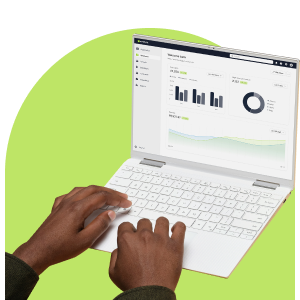Ready to transform your communication?
Everlytic isn’t just a platform, it’s your competitive edge! Sign up today to start creating more impactful, engaging communication with ease!
Book A Demo
See Everlytic in action with a personalised walkthrough from one of our messaging experts.
Get Started
We’ve got a package for you, no matter where you are in your bulk communication journey.

